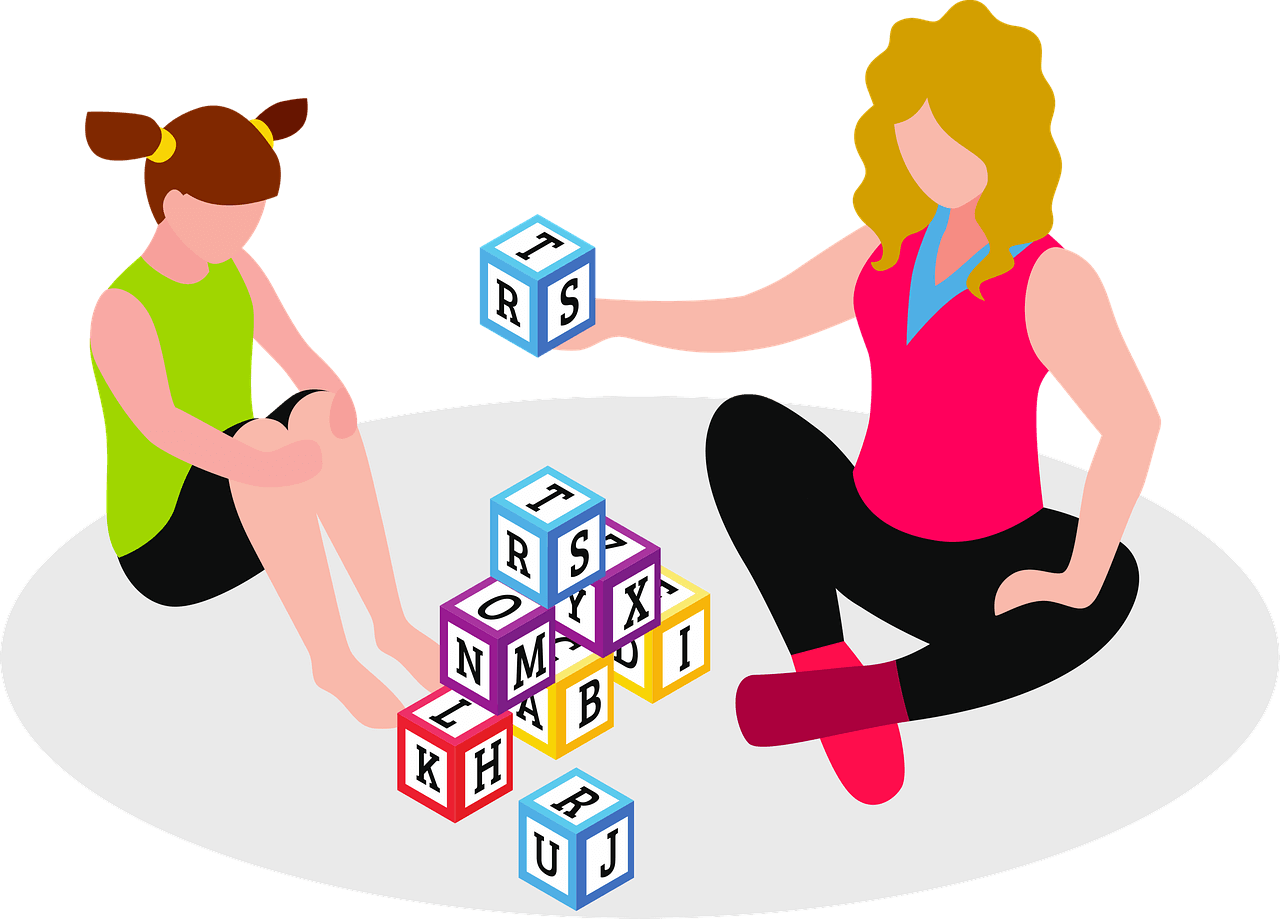I. Introduction
- A. Brief explanation of Autism Spectrum Disorder (ASD) Autism Spectrum Disorder (ASD) is a complex neurodevelopmental disorder characterized by differences in social communication, restricted and repetitive behaviors, and sensory sensitivities. ASD encompasses a wide range of abilities and challenges, with each individual having a unique combination of strengths and areas of difficulty. The term “spectrum” reflects this diversity, as people with ASD can vary greatly in their level of functioning and support needs.
- B. Importance of early recognition and intervention Early recognition and intervention are crucial for children with ASD, as they can significantly improve long-term outcomes in areas such as cognitive, language, and social development. The earlier a child is diagnosed and receives appropriate support, the greater their chances of reaching their full potential. Furthermore, early intervention can help reduce the severity of symptoms, enhance adaptive skills, and promote overall quality of life for children with autism and their families.
- C. Purpose of the article The purpose of this article is to provide a comprehensive understanding of autism in children by discussing its key signs and symptoms, the diagnostic process, and effective support strategies. It aims to empower readers by answering common questions and offering advice on how to help children with autism thrive in various aspects of life. This article is intended for parents, caregivers, educators, and anyone interested in learning more about autism in children.
II. Key Signs and Symptoms of Autism in Children
A. Social communication challenges
- Eye contact and facial expressions Children with autism may struggle with making and maintaining eye contact, which can impact their ability to connect with others and understand nonverbal cues. They may also have difficulty interpreting and using facial expressions, making it challenging for them to recognize and express emotions appropriately.
- Body language and gestures Similarly, children with ASD may have trouble understanding and using body language and gestures, such as pointing or waving. This can lead to misunderstandings in social interactions and make it difficult for them to express their needs or intentions effectively.
- Verbal communication Verbal communication can vary widely among children with autism. Some may have a limited vocabulary, struggle with forming complete sentences, or experience echolalia (repeating words or phrases). Others may have well-developed language skills but struggle with understanding figurative language, tone of voice, or conversational norms.
B. Restricted and repetitive behaviors
- Stereotypy Stereotypy refers to repetitive motor behaviors such as hand-flapping, rocking, or spinning. These behaviors may serve a self-regulatory or self-stimulatory function for children with autism, helping them manage sensory input, cope with anxiety, or focus their attention.
- Ritualistic behaviors Children with ASD may engage in ritualistic behaviors, such as following strict routines or insisting on specific patterns in their environment. Disruptions to these routines can cause significant distress and anxiety.
- Specific interests and attachments Individuals with autism may have intense and focused interests in particular subjects or objects. They may also form strong attachments to certain items or routines, which can be a source of comfort and predictability.
C. Sensory sensitivities
- Hypersensitivity Children with autism may experience hypersensitivity to certain sensory stimuli, such as bright lights, loud noises, or specific textures. This can lead to sensory overload and result in avoidance, meltdowns, or other challenging behaviors.
- Hyposensitivity Conversely, some children with ASD may display hyposensitivity, meaning they are less sensitive to sensory input. They might seek out additional sensory stimulation, such as deep pressure, intense flavors, or loud sounds, to meet their sensory needs.
D. Cognitive and learning differences
- Executive functioning Children with autism may struggle with executive functioning skills, such as planning, organizing, and prioritizing tasks. This can impact their ability to complete schoolwork, follow multi-step directions, or manage daily routines.
- Learning styles and preferences Individuals with ASD may have unique learning styles and preferences, which can affect how they process and retain information. They may benefit from visual supports, hands-on learning experiences, or structured teaching approaches to maximize their potential.
III. The Diagnostic Process
- A. Screening and assessment tools The diagnostic process for autism often begins with screening and assessment tools designed to identify developmental concerns and potential ASD symptoms. Common tools include the Modified Checklist for Autism in Toddlers (M-CHAT) and the Autism Diagnostic Observation Schedule (ADOS). These assessments help healthcare professionals determine whether a child’s developmental trajectory is consistent with autism and whether further evaluation is warranted.
- B. Multidisciplinary evaluation A comprehensive autism evaluation typically involves a multidisciplinary team of professionals, such as pediatricians, psychologists, speech-language pathologists, and occupational therapists. This team will gather information from various sources, including interviews with parents, direct observation of the child, and standardized assessments. The goal of the evaluation is to gain a holistic understanding of the child’s strengths and challenges to accurately determine whether an ASD diagnosis is appropriate.
- C. Understanding the diagnosis Receiving an autism diagnosis can be an overwhelming and emotional experience for families. It is crucial to understand that an ASD diagnosis is not a limitation but rather a starting point for accessing appropriate supports and interventions. Parents and caregivers should educate themselves about autism and work closely with healthcare providers and educators to develop a tailored support plan that addresses the child’s unique needs and promotes their growth and development.
IV. Support Strategies for Children with Autism
A. Early intervention programs
- Applied Behavior Analysis (ABA) Applied Behavior Analysis (ABA) is a widely used evidence-based intervention for children with autism. ABA focuses on improving specific behaviors, such as communication, social skills, and daily living skills, by breaking them down into small, measurable steps. ABA therapists use positive reinforcement to encourage desired behaviors and help children develop essential skills.
- Speech and language therapy Speech and language therapy can be beneficial for children with autism who struggle with communication challenges. Speech-language pathologists (SLPs) work with children to develop and improve their verbal and nonverbal communication skills, including articulation, vocabulary, grammar, and social communication.
- Occupational therapy Occupational therapy (OT) helps children with autism develop the skills necessary for everyday activities and self-care. Occupational therapists work with children to improve fine and gross motor skills, sensory processing, and self-regulation, which can enhance their overall functioning and independence.
B. Educational accommodations and supports
- Individualized Education Plan (IEP) An Individualized Education Plan (IEP) is a legally binding document outlining a child’s specific educational goals and support services tailored to their unique needs. An IEP team, consisting of parents, educators, and specialists, collaborate to develop a plan that ensures the child receives appropriate accommodations, modifications, and services in the school setting.
- Classroom strategies and modifications Classroom strategies and modifications can make a significant difference in the academic success of children with autism. Examples include visual schedules, social stories, preferential seating, extra time for tasks, and alternative methods of demonstrating knowledge. These supports help create an inclusive and accessible learning environment for children with autism.
C. Family support and education
- Parent training programs Parent training programs are designed to teach parents and caregivers strategies for managing challenging behaviors, promoting communication, and supporting their child’s development. These programs can empower families to become active participants in their child’s intervention and help improve outcomes for children with autism.
- Support groups and networks Support groups and networks can provide invaluable emotional and practical support for families of children with autism. Connecting with others who share similar experiences can help families feel less isolated and provide opportunities to exchange information, resources, and coping strategies.
D. Community resources and services
- Community resources and services can play a vital role in supporting children with autism and their families. Examples include respite care, social skills groups, recreational activities, and financial assistance programs. Families should explore local resources and connect with organizations that specialize in autism to access the support they need.
V. Tips for Helping Children with Autism Thrive
- A. Building on strengths and interests Focusing on a child’s strengths and interests can help them develop confidence and a sense of accomplishment. Encourage their passions and integrate them into learning experiences and social activities. This approach can help children with autism feel more engaged and motivated in various aspects of their lives.
- B. Promoting social skills and relationships Help children with autism develop social skills by providing opportunities for interaction and modeling appropriate behaviors. Enroll them in social skills groups, arrange playdates, and participate in community activities. Remember to be patient and provide explicit instruction and feedback, as social skills development may take time and practice.
- C. Fostering independence and self-advocacy Teach children with autism the skills they need to be more independent and self-reliant, such as self-care, decision-making, and problem-solving. Encourage them to express their needs and preferences, and support them in becoming self-advocates. This will help them build a sense of autonomy and prepare them for future success.
- D. Encouraging emotional regulation and coping strategies Help children with autism develop emotional regulation and coping strategies by teaching them to recognize and label emotions, use calming techniques, and develop a toolbox of strategies to manage stress and anxiety. This can enhance their resilience and overall well-being.
VI. Conclusion
- A. The importance of understanding and supporting children with autism Understanding and supporting children with autism is crucial to fostering their growth and development. By recognizing the signs and symptoms of autism, engaging in early intervention, and implementing appropriate strategies, we can help children with autism reach their full potential. As a community, it is our responsibility to create inclusive environments that celebrate neurodiversity and empower children with autism to thrive.
- B. Recognizing the unique potential of each child Every child with autism is unique, possessing a combination of strengths, talents, and challenges. It is essential to recognize and nurture this potential by providing tailored support and celebrating each child’s accomplishments. By doing so, we can help children with autism flourish and contribute to society in their own unique ways.
Related posts:
Boost Your Immunity Naturally: Top 10 Beverages for Optimal Health
Managing Butt Cramps During Pregnancy: Practical Tips
5 Signs You Need to See a Doctor
Demystifying Adderall: How Long Does It Stay in Your System?
The Power of Nature: How Spending Time Outside Can Benefit Your Child's Mental Health
How to Recover from Surgery
Meal Planning Made Easy: A Step-by-Step Guide
Healthy Dinner Recipes for Weight Loss
The Truth About How Long Meth Stays in Your System: What You Need to Know
Chronic Pain Management: Modern Techniques and Treatments










